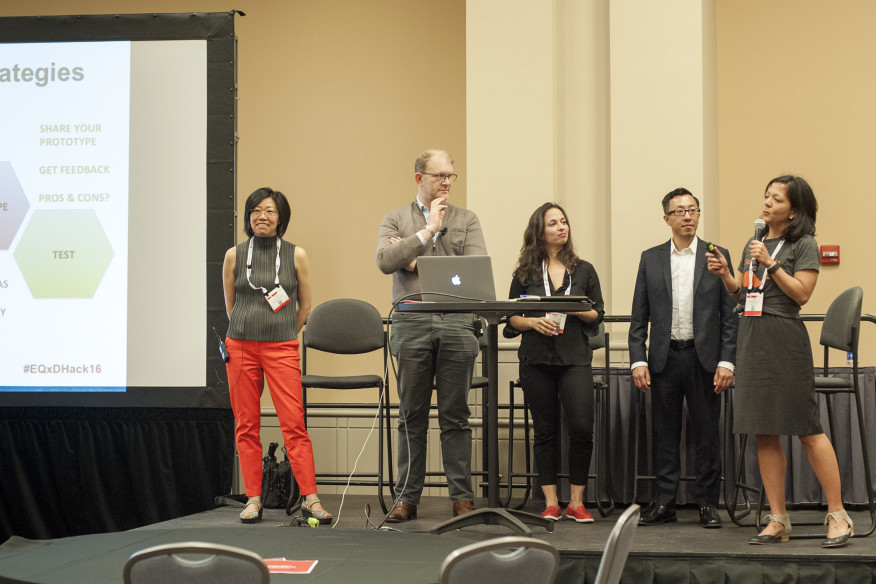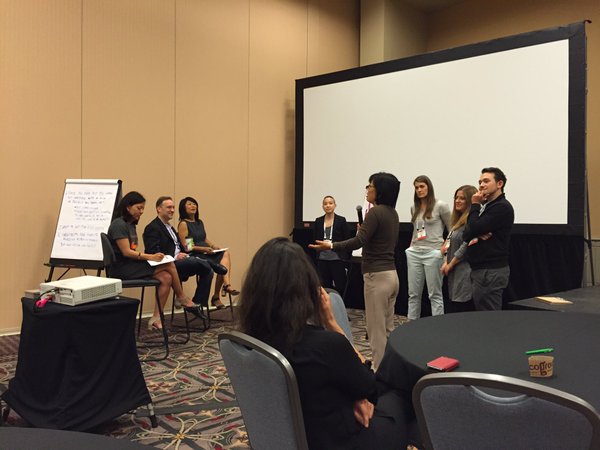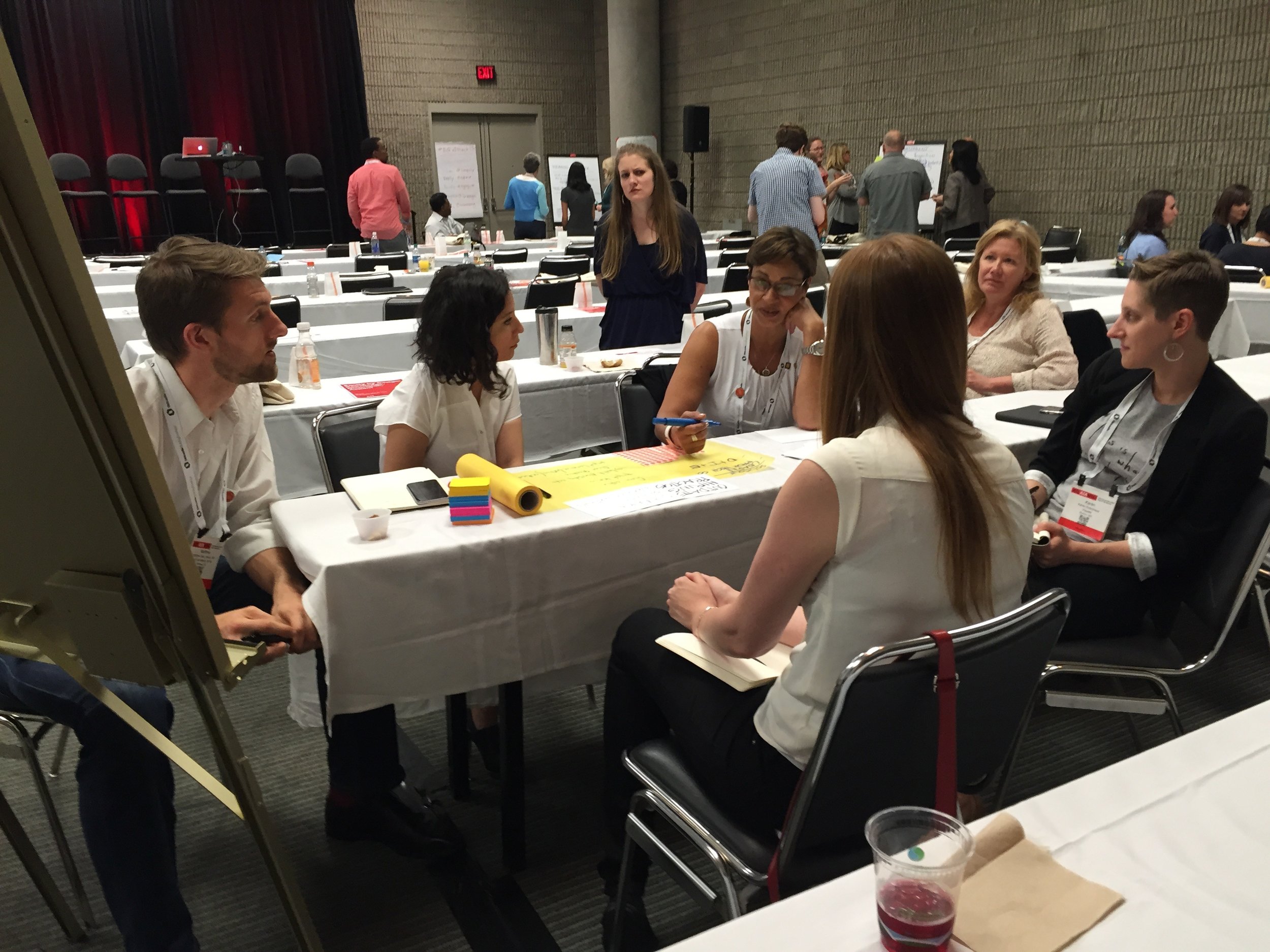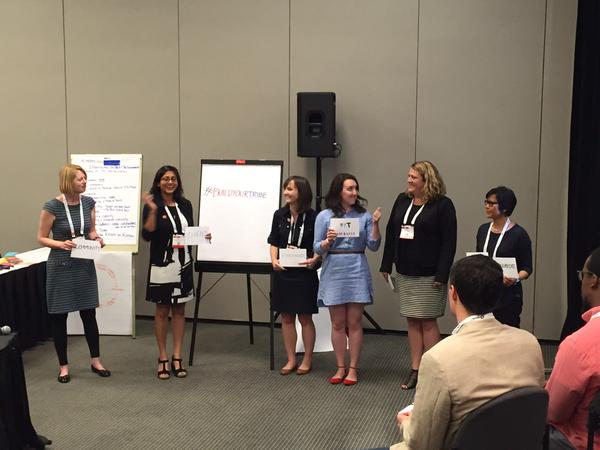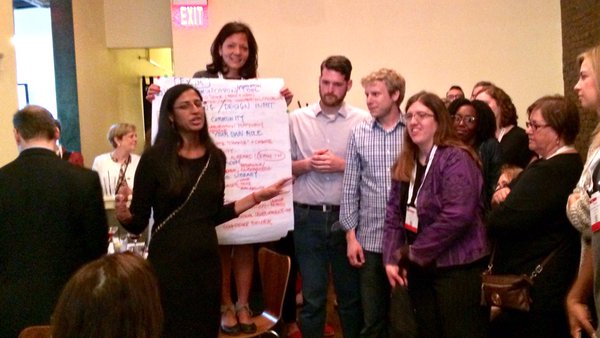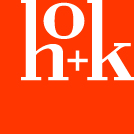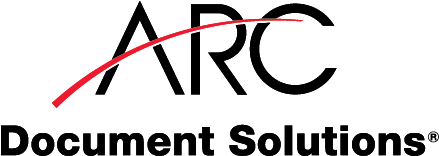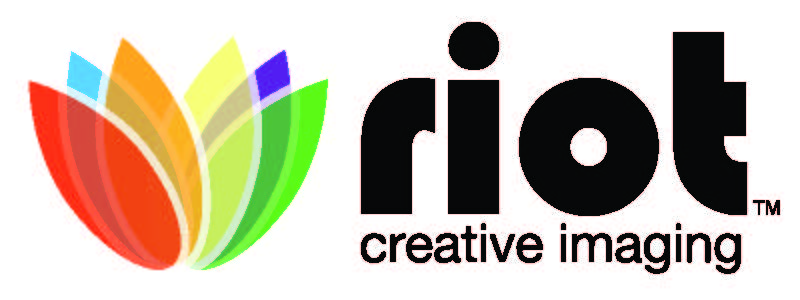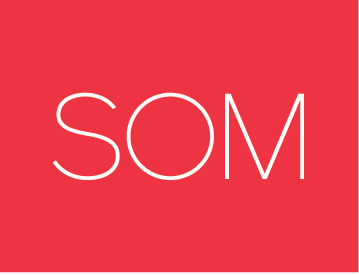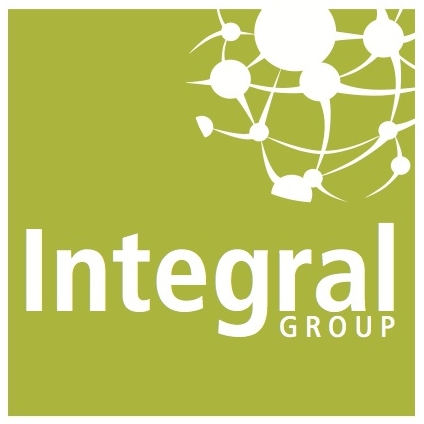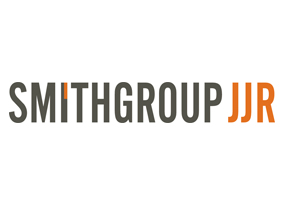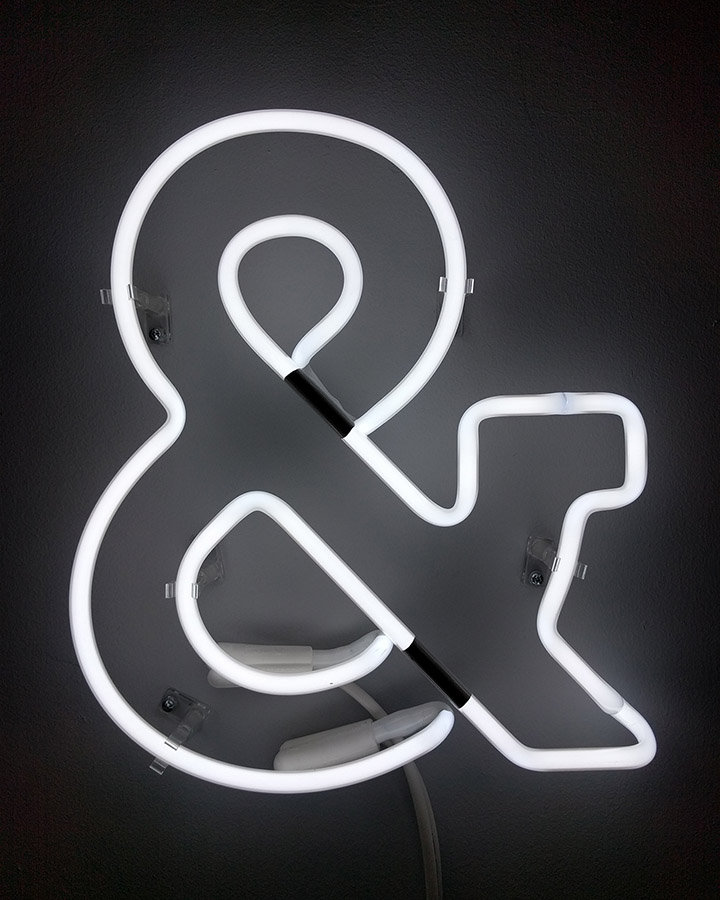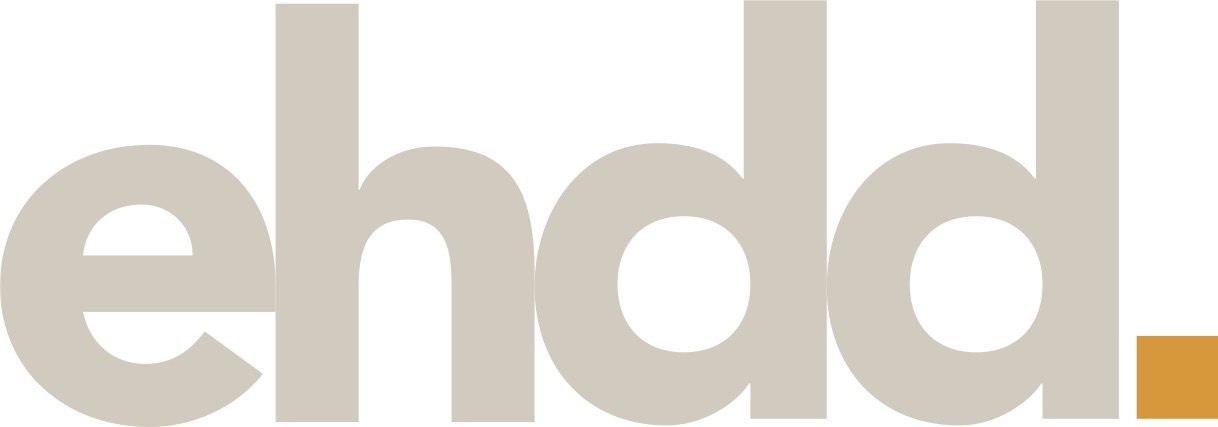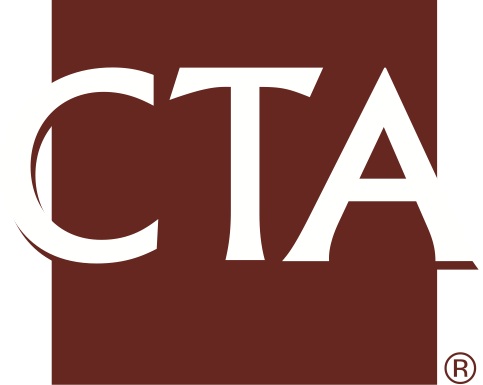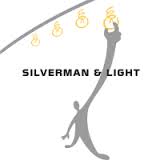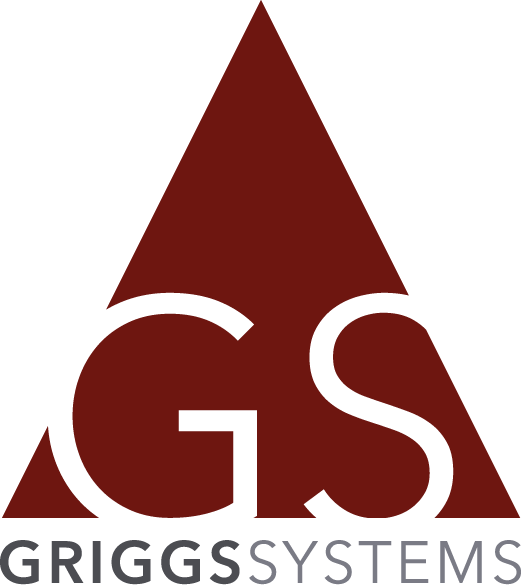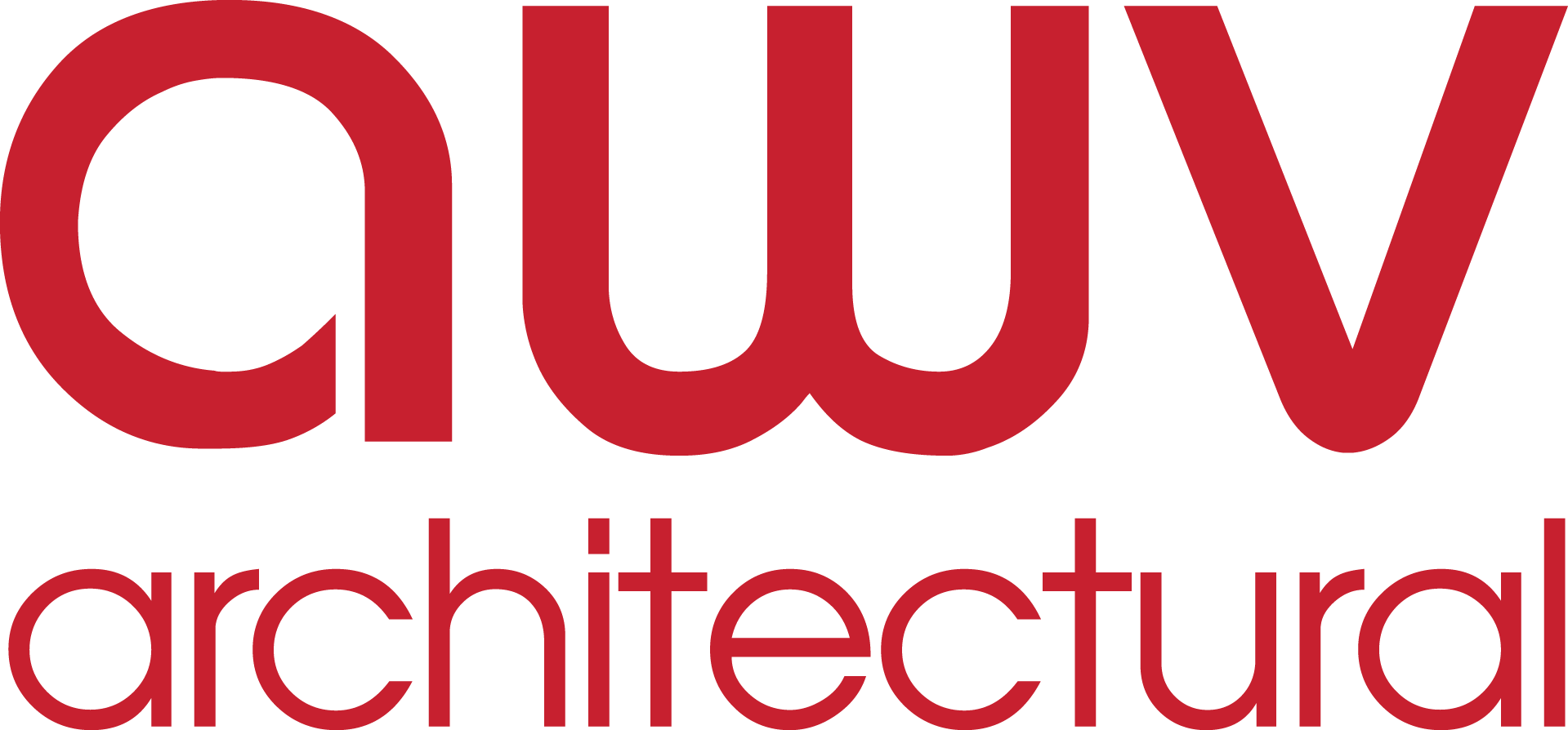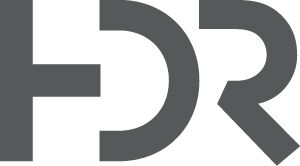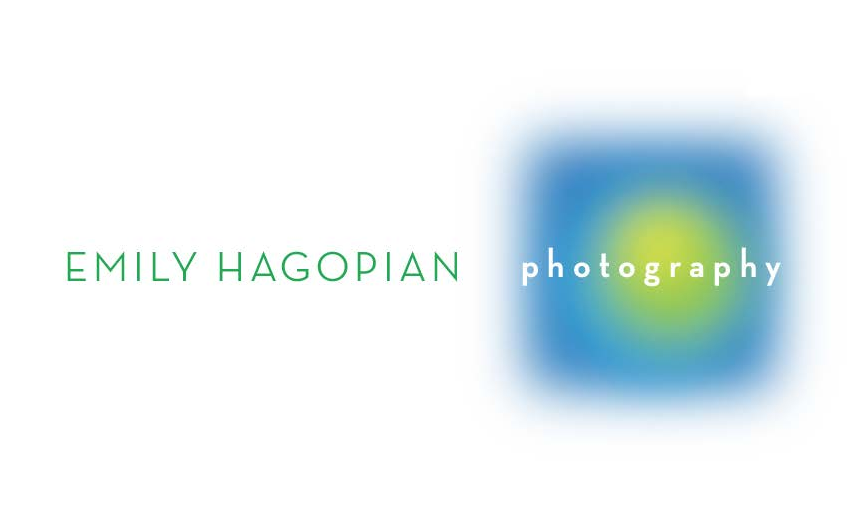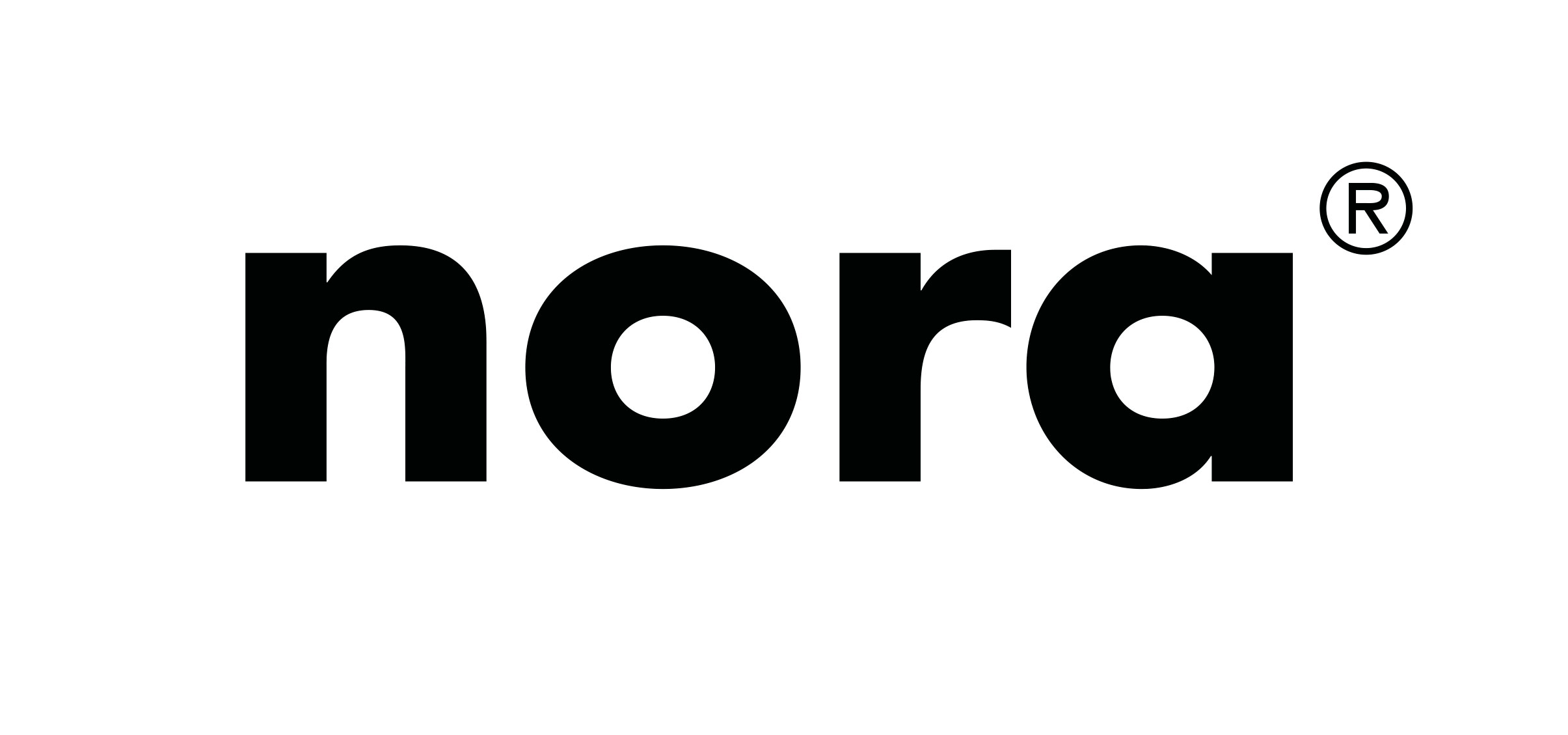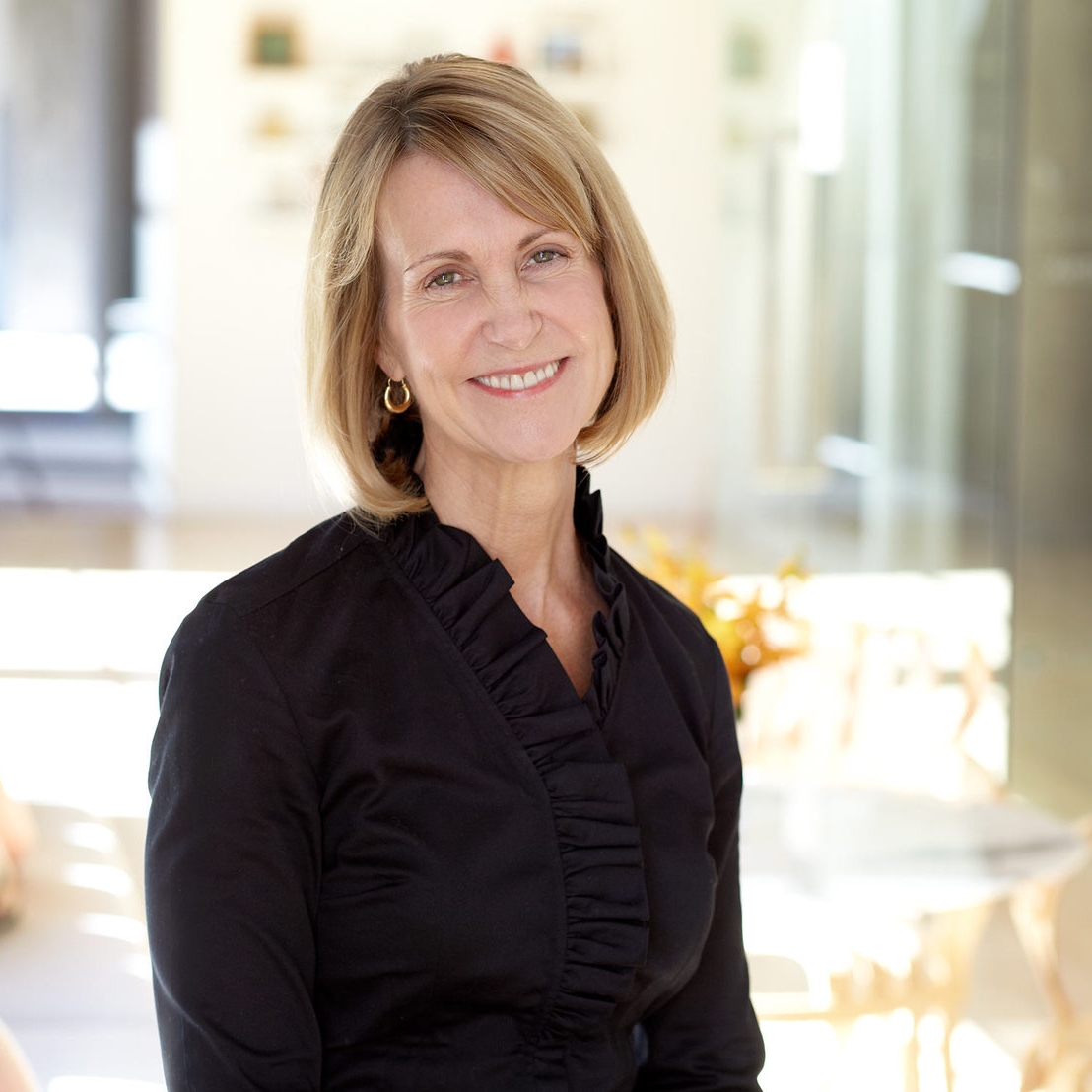Our next quarterly topic will be a timely discussion about "Charting Your Path", which spans several related areas influencing talent retention. These include - professional satisfaction, aspirations for career progression and professional development, the likelihood of burnout vs. engagement, work/life flexibility and caregiving.
The expression "work–life balance" was first used in the United Kingdom in the late 1970s to describe the balance between an individual's work and personal life.[5] In the United States, this phrase was first used in 1986. Well, it's 2017 and in 30+ years that this term has been referenced, mis-used, and over-used; the quest for a harmonious state of equilibrium between our life and work remains illusive. Moreover, Work/Life balance - the control and separation of the two sides has become disingenuous given the rapid evolution of technology and connectivity that has blurred the lines of where and how traditional work is being done.
In the context of equitable practice, the concept of "Charting Your Path" expands the discussion beyond reactionary approaches into channeling our ability to be proactive in problem solving. The key findings from the 2016 Equity in Architecture Survey reveal Career Dynamics and Pinch Points that could pose challenges in your career. By understanding the factors that influence career success, we can explore the skills needed to "prepare and pivot" when difficulties arise. We will also discuss strategies for self-assessment to chart your progress (career mapping) and for being self-aware of how that relates to your personal and professional goals. Finally, we will share active ways to discuss adopting equitable practices in the workplace to minimize barriers and maximize the potential success for all professionals.
The subtopics of this quarter will include:
- Paying your Dues - Challenges for early career professionals experience in the first 5 years
- Caregiving - Whether caring for children or others, what are the impacts of reduced workhours?
- Work/Life Flexibility - Within the Work/Life Dichotomy, how do we reconcile meaningful work and the need for personal restoration?
This week, please join us on, Thursday August 17th at AIASF from 6pm-8pm for our 3rd EQxD “U” Workshop "Charting Your Career Path: Creating a Roadmap for Success", where we will explore the many possible ways to conceptualize meaningful work that does not come at the cost of our personal health, wellness, and happiness. Panelists, Jill Bergman AIA of HDR Inc., and Lilian Asperin, AIA of WRNS will share how they set goals for navigating career goals, pivots and unexpected transitions with graphic mapping tools to guide key decisions. They will also guide participants in reflecting on their own approach, how it is working for them and re-evaluate areas needing improvement.





